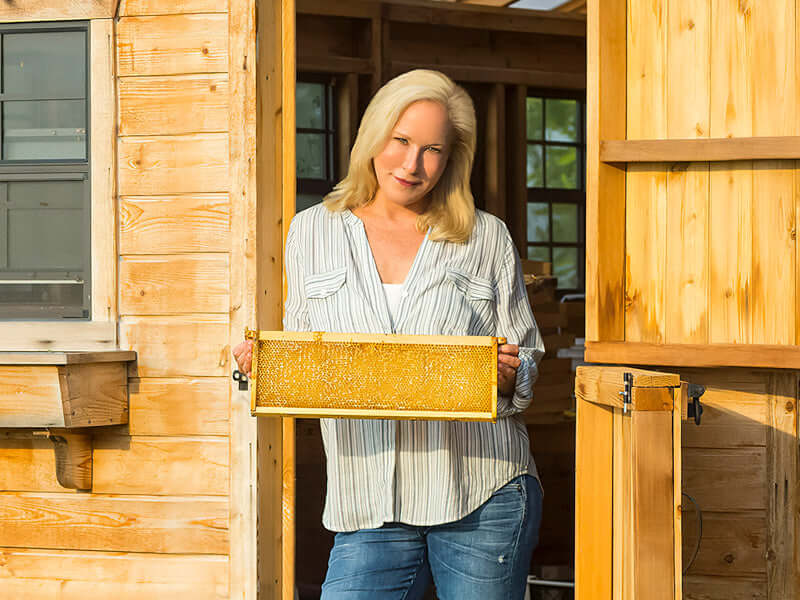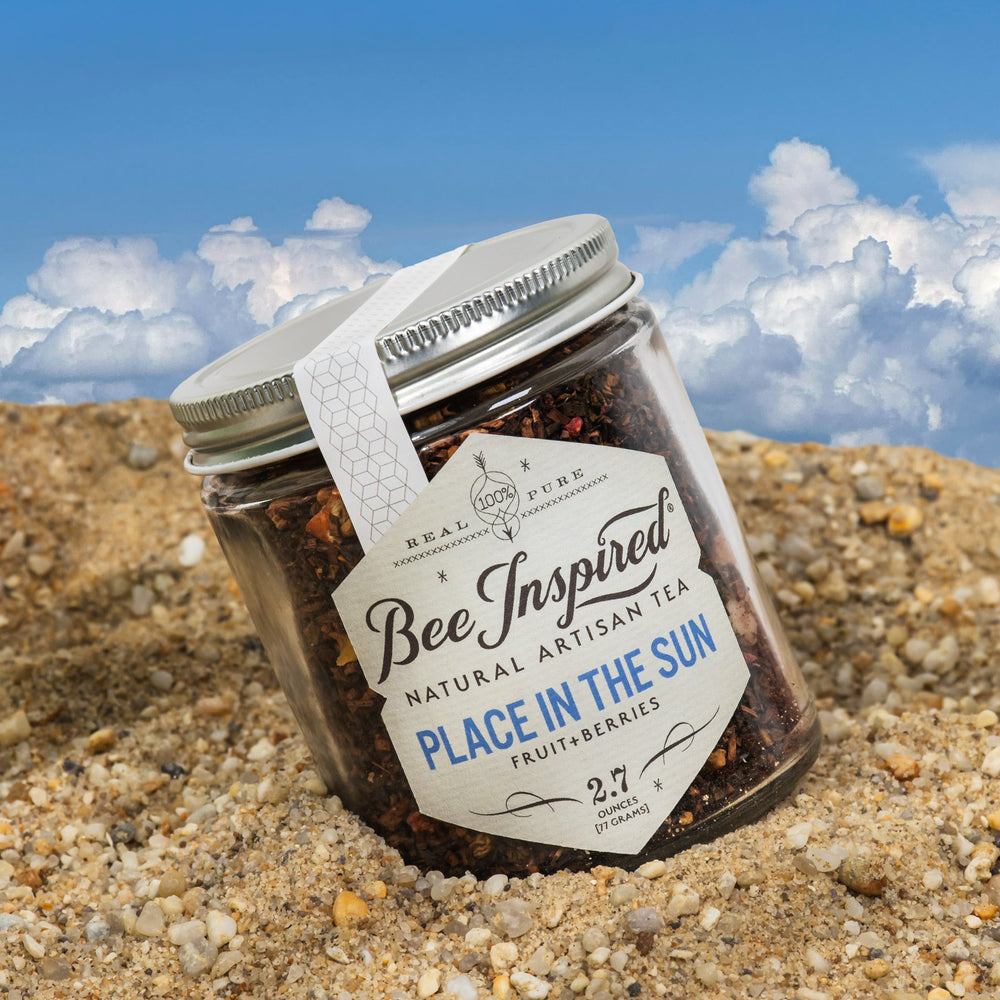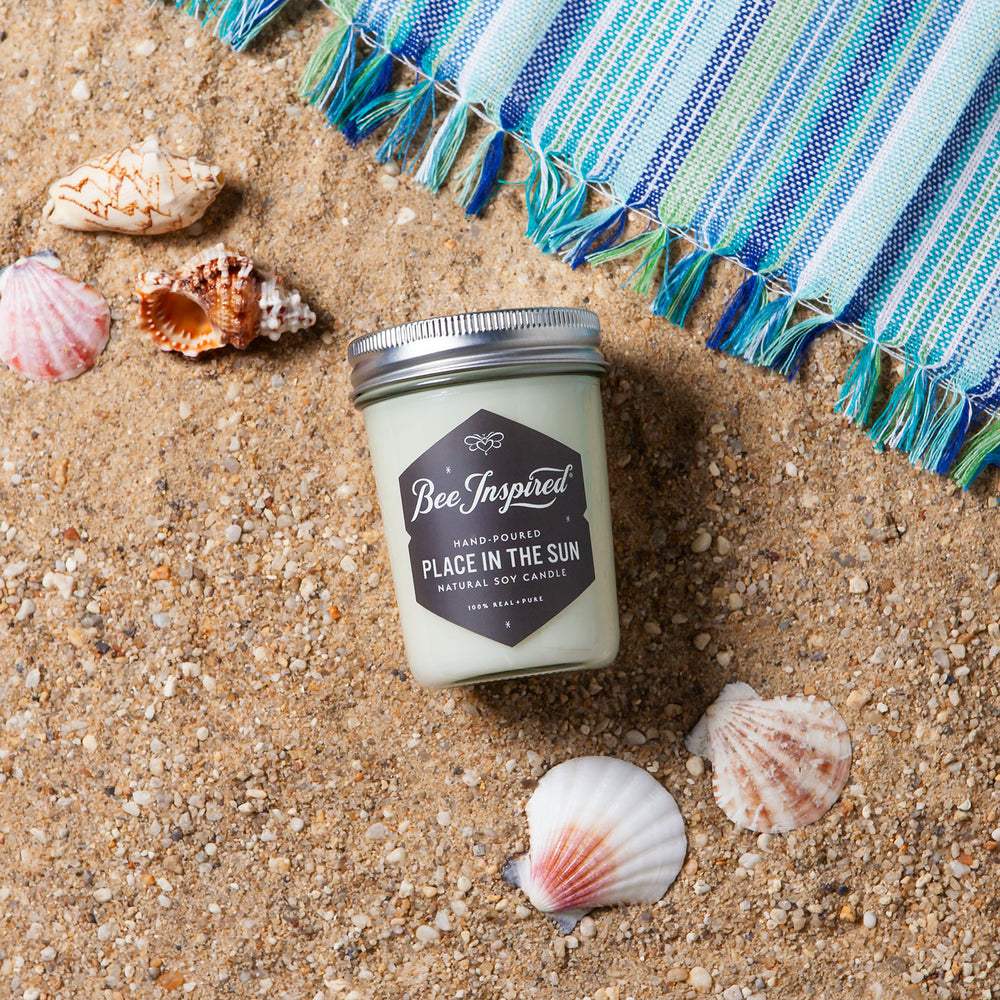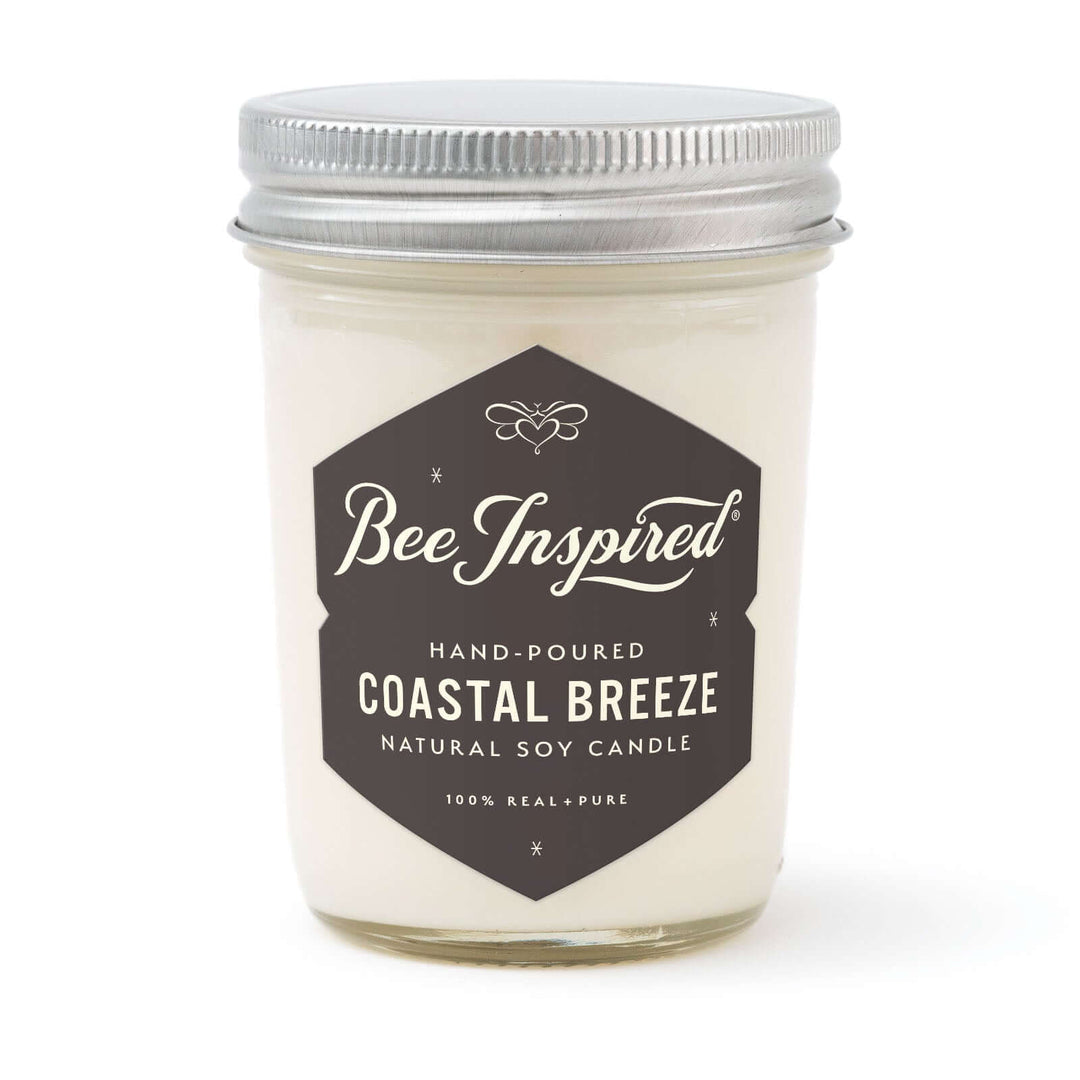The fascinating folklore of the Leprechaun dates back thousands of years in Celtic culture. In American culture, the Leprechaun is commonly depicted as a little red-headed man who hides pots of gold at the end of rainbows. These mischievous figures, known for their annual appearance in March, have become synonymous with Irish culture. However, beyond pop culture, the perception is quite different. Catching a leprechaun is said to grant the captor three wishes, but these wishes may come with unexpected consequences. Follow the rainbow to the end to find the pot of gold, and you might just catch a leprechaun.

Rainbow over the Severn River
The Origin of the Leprechaun in Irish Folklore
Leprechauns are mischievous fairies, the original little people, originating from the 8th-century text Adventure of Fergus, son of Léti. Initially believed to be water-dwelling beings, they played tricks on passersby and hoarded gold to lure people in. Over time, they moved onto land, hiding in hills and ruins, only tormenting those who approached. Interestingly, they spent their time cobbling shoes, but for whom is unclear. These curious leprechauns have become a staple in Irish folklore, capturing the imagination of children and adults alike.

Double rainbow over the Chester River
According to legends, if caught, a Leprechaun would trade his gold for freedom. These clever sprites would often escape, taking their gold with them. Over time, this aspect of the myth became a core element of the public’s perception of Leprechauns. William Allingham, an Irish poet, wrote of the being in his poem The Leprechaun or Fairy Shoemaker:
Lay your ear close to the hill.
Do you not catch the tiny clamor,
Busy click of an elfin hammer,
Voice of the Leprechaun singing shrill
As he merrily plies his trade?
He's a span
And a quarter in height.
Get him in sight, hold him tight,
And you're a made man!
Initially, these beings were thought to resemble goblins in red cloaks and tiny triangular hats. Interestingly, they were only portrayed as male in traditional tales. Over time, Leprechauns evolved to wear green attire and have red hair, becoming symbols of St. Patrick's Day celebrations worldwide.

As Irish immigrants arrived in America, the image of the leprechaun unfortunately became a caricature, stereotyping these displaced people. In Ireland, the fairy is just one of many sprites in Celtic folklore, retaining its classical features. Leprechauns have become a symbol of St. Patrick's Day celebrations, especially in America, where they are often associated with luck and treasure.

We are always searching to catch a leprechauan on the farm
Understanding Leprechauns
Leprechauns are fascinating little creatures from Irish folklore, known for their mischievous nature and love for gold and shiny things. These solitary beings rarely travel in groups and are believed to burrow underground in a secret network of caves throughout Ireland. They are free spirits, and if kept captive for too long, they will wilt and lose their luck. To catch a leprechaun, it’s crucial to understand their behavior and habits. They are incredibly clever and love to play tricks, so knowing what attracts them—like gold and other shiny objects—can give you an edge in your quest. These little tricksters are also known for their fondness for lucky charms, making them even more intriguing to catch.

This Homemade Shamrock Shake doubles as a leprechaun trap. Find more St. Patrick's Day Recipes!
Preparing for the Catch
Before you dive into building your leprechaun trap, it’s essential to prepare thoroughly. Start by immersing yourself in Irish folklore to understand the cunning nature of these little tricksters. Leprechauns are irresistibly drawn to shiny things, so wrapping the top of your trap with tin foil can make it more appealing. Gold, whether real or fake, is an excellent choice for bait, as these creatures are famously tied to gold in Irish tales. Remember, leprechauns are curious by nature, so your trap needs to be both clever and enticing to catch their attention. Consider using chocolate coins or lucky charms cereal as bait to increase your chances of success.
Building a Leprechaun Trap
Building a leprechaun trap is a fun and creative activity that kids will love. There are countless ways to design your trap, from simple shoebox traps to more elaborate homemade leprechaun traps. When constructing your trap, think about the materials and design. Leprechauns are attracted to shiny things, so incorporating items like gold coins, chocolate coins, or even lucky charms cereal can make your trap irresistible. The key is to create a trap that is both clever and enticing, ensuring that it captures the leprechaun’s attention and curiosity. Fun leprechaun trap ideas can include using glitter to mimic the shimmer of gold or creating a rainbow road leprechaun trap to lure them in.

The pot of gold you can find at the end of the rainbow is also known as honey! We hear leprechauns especially like Sweet Clover.
Setting the Trap
Once your trap is ready, it’s time to set it up in the perfect location. Look for places where a leprechaun is likely to be found, such as near a pot of gold or in an area with lots of shiny things. Bait the trap with gold coins or other shiny objects to lure the leprechaun in. Patience is crucial here—set your trap and wait quietly for the leprechaun to take the bait. With a bit of luck and careful planning, you might just catch a leprechaun and perhaps even get your hands on some of that elusive gold! Remember, the best time to trap a leprechaun is during St. Patrick's Day celebrations, when these little tricksters are most active. Happy trapping!












